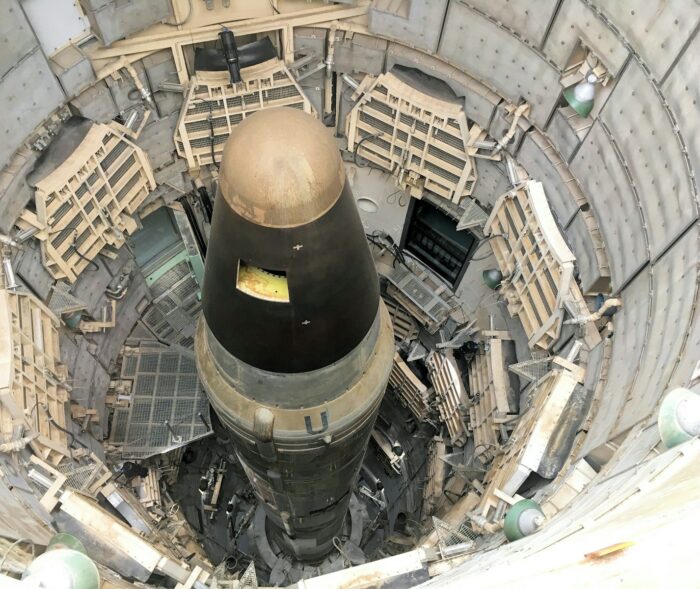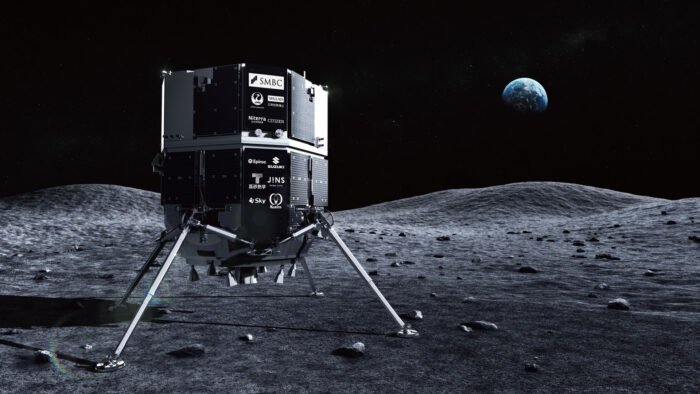At the 2024 International Astronautical Congress (IAC), Spire Global, and Mission Control announced their latest initiative, the Persistence Mission. This mission aims to push the boundaries of artificial intelligence (AI) in space, proving it can be done to enable faster data processing and decision-making through onboard AI. The mission is expected to launch no earlier than 2025, with the Canadian Space Agency providing 75% of the funding. After the announcement, the Space Impulse team had the opportunity to sit down with Theresa Condor, COO of Spire, to gain some insights on the upcoming mission and Spire’s unique offerings including Satellite as a Service for Space companies.
Credit: Spire
An Advanced AI Mission in Orbit
Spire Global will provide its expertise in satellite design and operation for the Persistence Mission, building the LEMUR 6, a 6U satellite equipped with an optical payload. This payload will capture images of Earth, which Mission Control’s SpacefarerAI™ platform will analyze using advanced AI algorithms. Condor highlighted the collaborative nature of the mission, explaining that the CSA’s support for Mission Control has been instrumental in advancing the onboard AI analysis. “Mission Control was able to secure funding for something truly innovative, which made the partnership a natural fit,” Condor explained, emphasizing how the partnership allowed both teams to focus on their core strengths
Condor highlighted the practical benefits of this onboard AI approach. “Classically, satellites collect data, store it, and then downloaded it when they pass over a ground station,” she explained. This process often results in data backlogs and delays. “When you can start processing things on orbit, you can get it done more quickly. You need less download capacity, and you can start to send insights directly to where you need it,” Condor added. This shift towards real-time analysis can help satellite operators make faster decisions and unlock new capabilities for remote sensing.
Leveraging Spire’s Proven Expertise
Spire’s role in the Persistence Mission builds on its experience in space services. The company has launched over 180 satellites and operates a global, multi-purpose constellation. Over the past decade, Spire has developed a range of space-based solutions, from weather data to maritime and aviation tracking. This track record allows Spire to offer space infrastructure to other companies through its Space Services program, a concept Condor compared to Amazon Web Services (AWS).
“Think of it like AWS,” Condor explained. “We make all of the ongoing technology development, infrastructure, and know-how we use for our core businesses available to others – companies or governments. They don’t have to worry about the space and infrastructure piece—they can focus specifically on what they’re good at.” This approach aligns with Spire’s philosophy of iterative technology development, which emphasizes continuous improvement and learning from each mission. “It’s the same iterative process that you see with software, but for hardware. You’re not building something brand new – to me, this is the epitome of ‘New Space” says Condor.
A Strategic Partnership with Mission Control
For Mission Control, the Persistence Mission represents an opportunity to demonstrate the capabilities of its SpacefarerAI™ platform. This software aims to streamline the deployment of AI models directly onboard spacecraft, making it easier to update and manage algorithms in space. The ability to process data in orbit is expected to reduce the need for larger satellites and extensive ground-based infrastructure, offering a more efficient solution for Earth observation.
Condor acknowledged the challenges of implementing AI in space, particularly around maturing the necessary technologies and integrating the right hardware. “It’s about getting the right compute chips and then deploying and testing the algorithms,” she said. She noted that Spire’s partnership with companies like NVIDIA has helped advance these efforts by providing the necessary processing power onboard their satellites.
Bringing AI Capabilities to the Edge
The Canadian Space Agency’s support for Mission Control underscores the strategic importance of developing AI capabilities in space. Condor described the collaboration as a milestone for Spire’s growing presence in Canada. “We’re a little bit newer to Canada compared to some other countries where we have a presence,” she noted. Spire’s Cambridge, Ontario office, established in 2021, serves as a base for the company’s Canadian operations, facilitating closer collaboration with partners like Mission Control.
This mission aligns with Spire’s broader objective of expanding its space services. “We hope to see more similar announcements in the future,” Condor remarked, suggesting that the Persistence Mission could be a model for future partnerships. By providing space infrastructure and expertise, Spire aims to support a growing ecosystem of space startups and research initiatives.
A Step Forward for AI in Space
The Persistence Mission is a strong example of how a public agency, an established industry player, and a start-up can collaborate to enable the testing of innovative technology in space. By demonstrating how AI can be reliably used in orbit, Spire and Mission Control aim to improve how satellites deliver actionable insights, helping to preserve bandwidth and reduce latency. ‘We’re excited to contribute to the development of cutting-edge autonomous systems,’ said Condor, reflecting on the mission’s broader implications for the space sector.
With the mission’s anticipated launch in 2025, Spire and Mission Control are taking an important step in exploring the potential of AI-driven Earth observation. As the space industry continues to investigate the benefits of onboard data processing, the Persistence Mission offers a practical test case for enhancing space operations.
Share this article:










